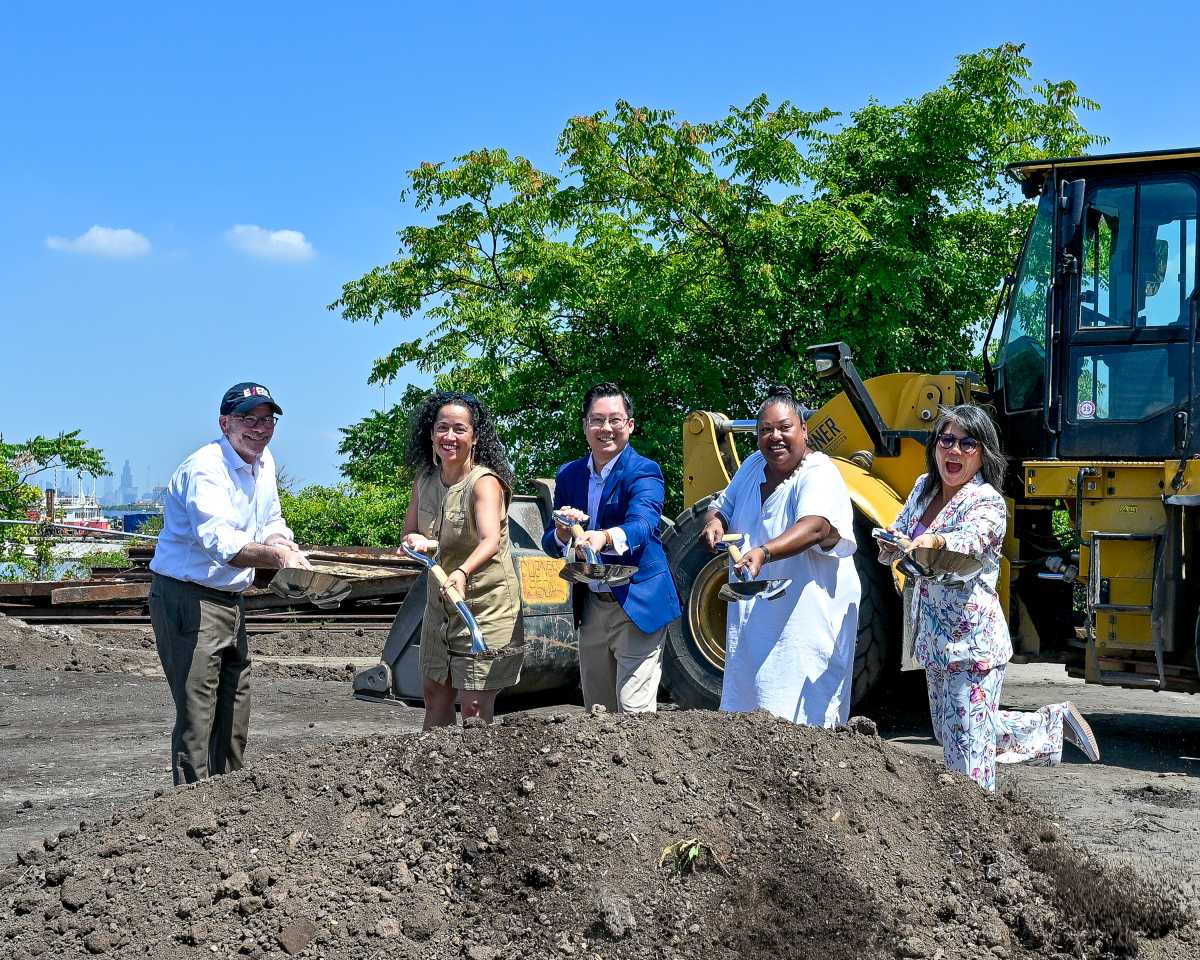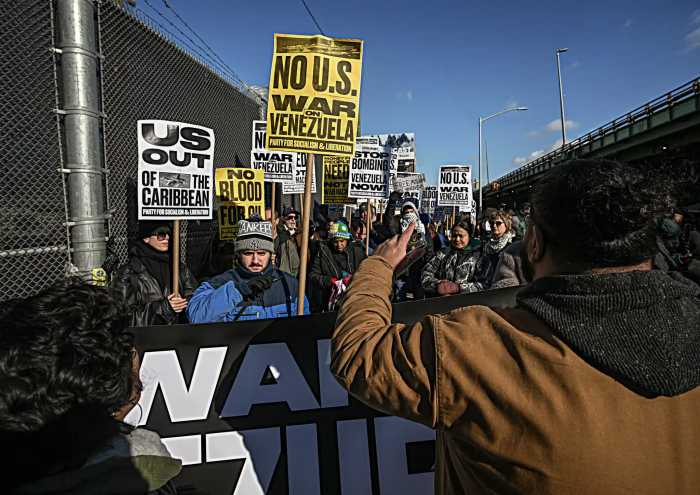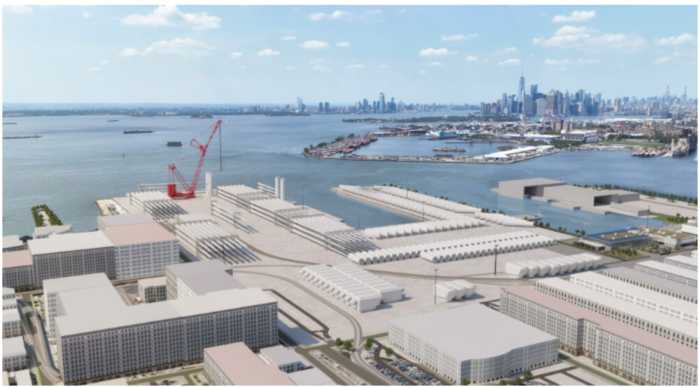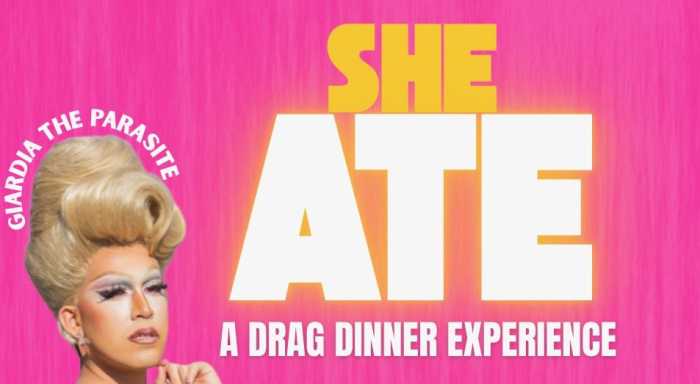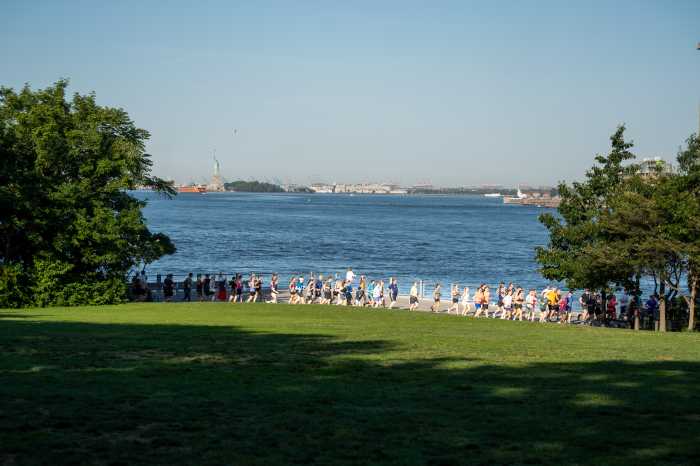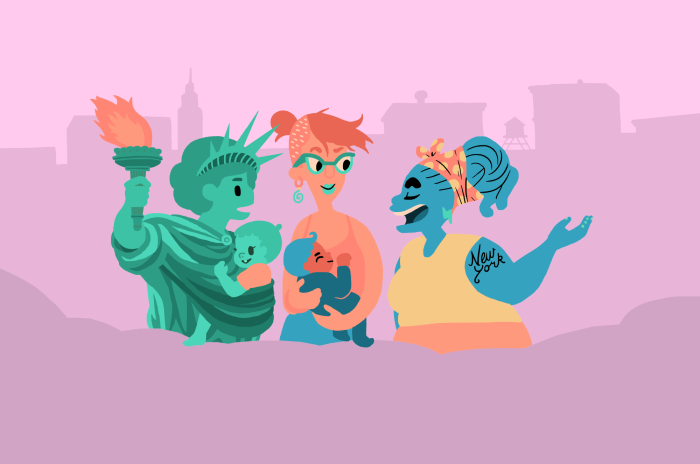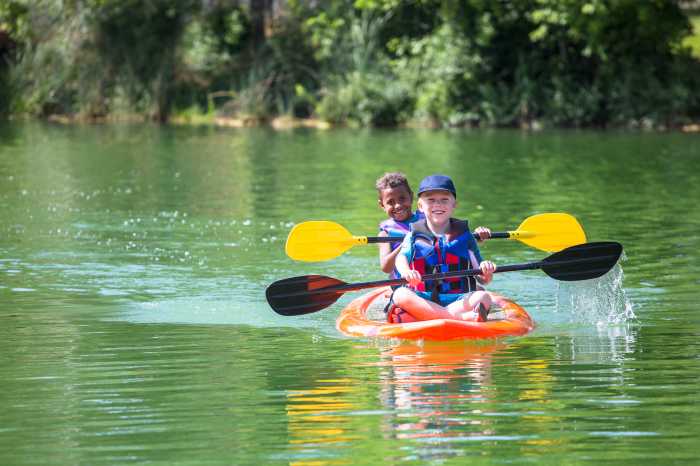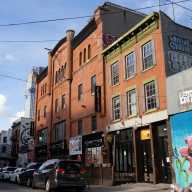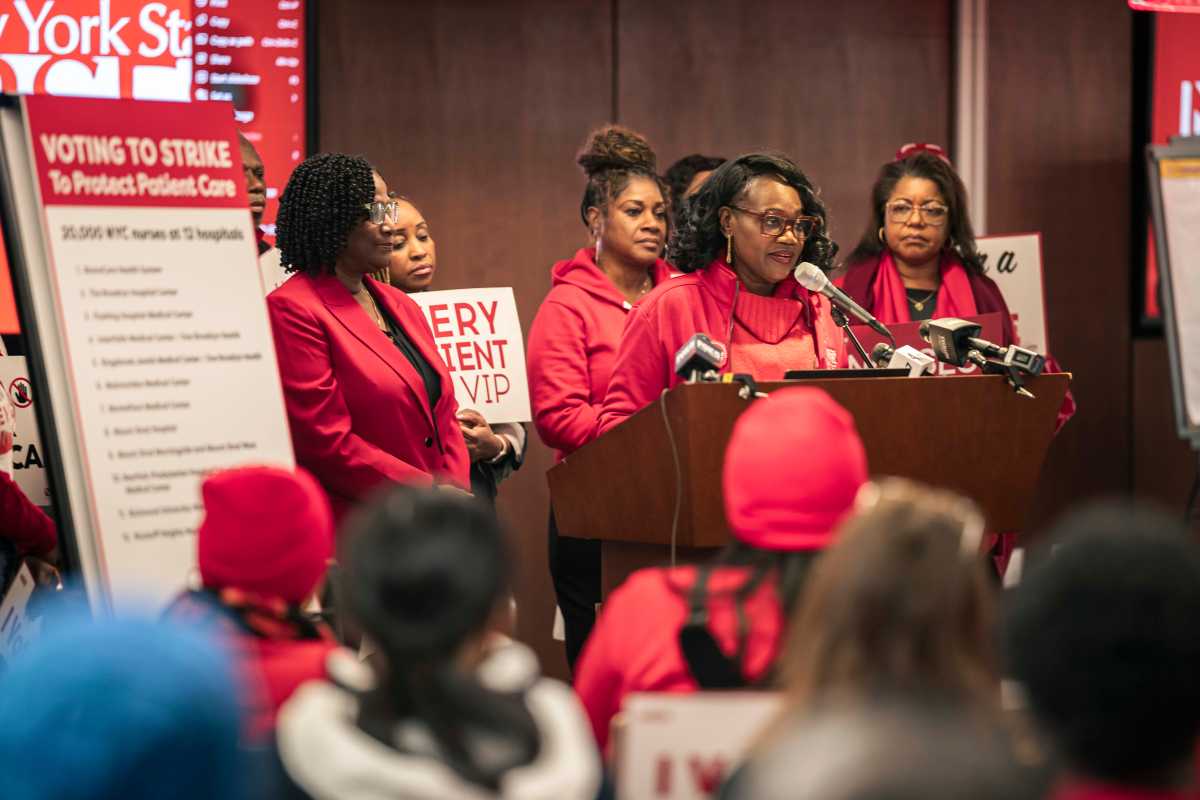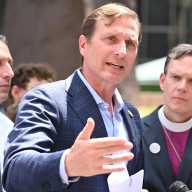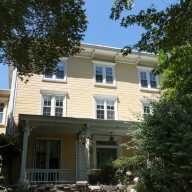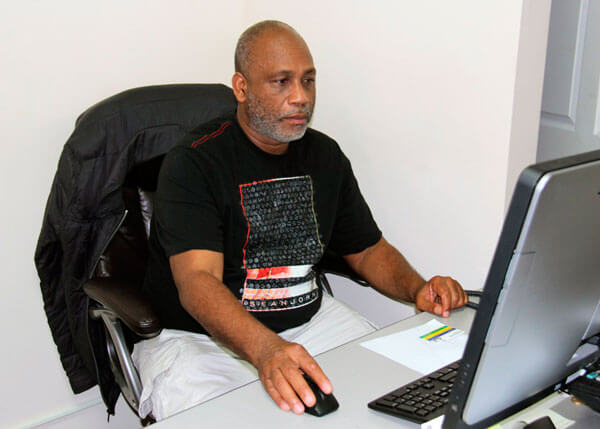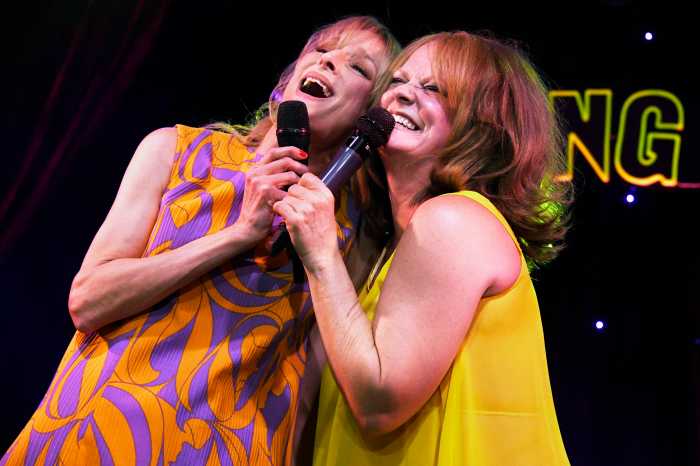An abandoned, 60-year-old, five-acre pier at the MADE Bush Terminal on Brooklyn’s waterfront in Sunset Park is coming to life again as a vibrant public green space.
Pier 6, once a bustling industrial hub, will be transformed into a recreational waterfront oasis for community residents and tenants of the MADE Bush Terminal Campus — MADE is an acronym for Manufacturers, Artisans, Designers and Entrepreneurs — offering striking views of downtown Manhattan, Brooklyn and the Statue of Liberty.
The $25 million project, slated for completion in 2027, includes stabilizing the aging pier to provide safe waterfront access and enhancing and protecting the diverse ecosystem of plants and wildlife, including naturally seeded vegetation. The redesigned pier will honor its industrial history by incorporating repurposed artifacts such as bollards.

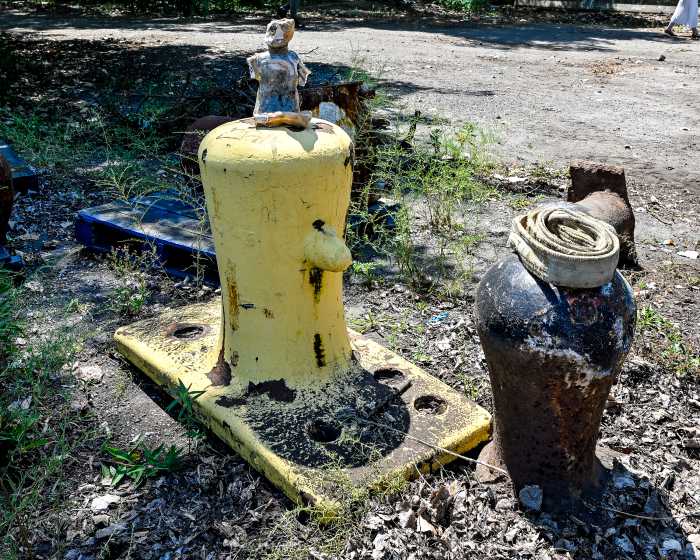
At the Pier 6 groundbreaking on Aug. 12, Andrew Kimball, president and CEO of the New York City Economic Development Corporation (NYCEDC), which manages MADE Bush Terminal, said community organizations such as Community Board 7, the Sunset Park Task Force and UPROSE had long advocated for waterfront access and more green space.
“[Pier 6] is part of a broader plan that EDC has to both redevelop buildings nearby for manufacturers and makers of a wide array, but also create better access to the waterfront and community programming,” Kimball said.
The groundbreaking coincided with the release of NYCEDC’s first Sunset Park Update Report, highlighting milestones for the waterfront neighborhood over the past year. The report outlines the district’s growth and underlines NYCEDC’s commitment to a working waterfront by creating and maintaining jobs, promoting innovative industries and connecting the surrounding community to these campuses.
Among the milestones: the historic groundbreaking in June 2024 of one of the nation’s largest offshore wind port facilities. Once completed, the 73-acre site will power 500,000 homes with green energy and create more than 1,000 jobs. Recently, NYCEDC opened Building A — one of the four main buildings at MADE Bush Terminal — with 140,000 square feet of leasable space for innovative manufacturing and 30,000 square feet of public gathering and event space.
“There’s over $2.3 billion of public and private investment happening in the 200 acres of the Sunset Park District. That is real impact, and that is impressive,” Kimball said.
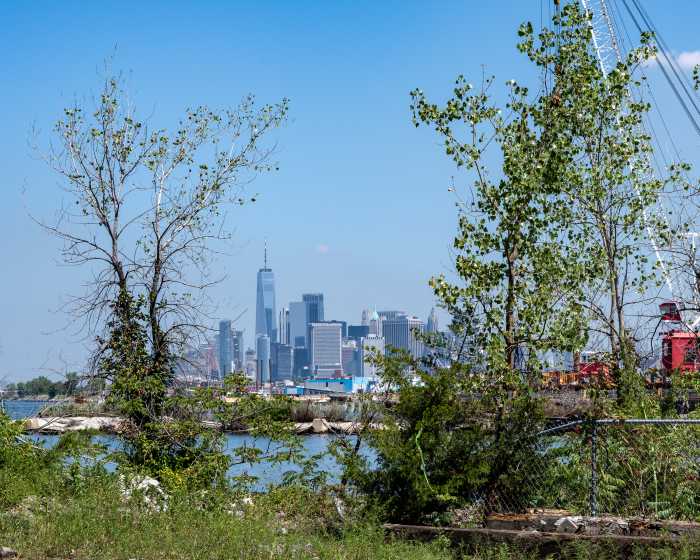
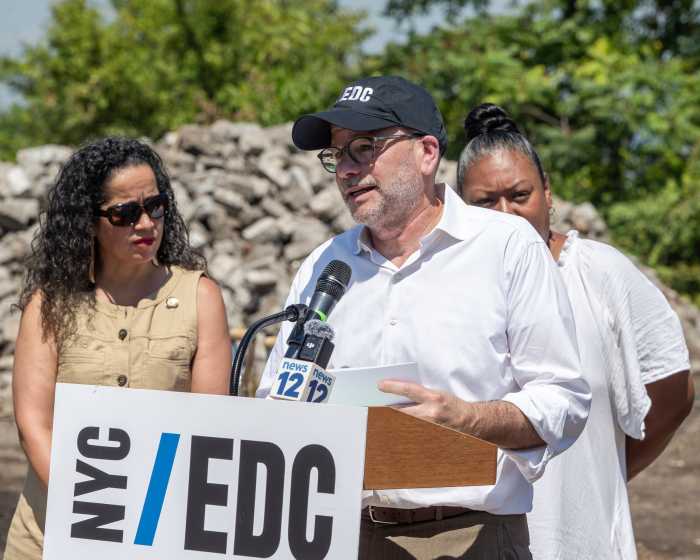
Council Member Alexa Avilés and Assembly Member Marcela Mitaynes, whose districts include Sunset Park, welcomed the opportunity for more community green space while stressing the importance of community integration and economic opportunities.
“I’m really delighted to be here for this opportunity for the groundbreaking for Pier 6,” Avilés said. “We’ll continue to push for supporting our green spaces sufficiently, we will continue to push to make sure that our economic opportunities actually benefit the very local community that sits just two blocks away, in addition to the climate resiliency elements that we want to be sure as part of every project that moves forward here.”
Mitaynes noted that the Pier 6 project represented years of advocacy and collaboration from residents, community organizations and city partners to create a public space for neighborhood residents.
“[Pier 6] is a reminder that every project that impacts our neighborhood must be shaped by the voices of the community and guided by transparency every step of the way,” she said. “That means honest updates, open conversations, and a real seat at the table for Sunset Park residents, and not just today, but throughout the future and beyond. Pier Six has the potential to reflect who we are, a neighborhood that values our environment, our history and each other.”
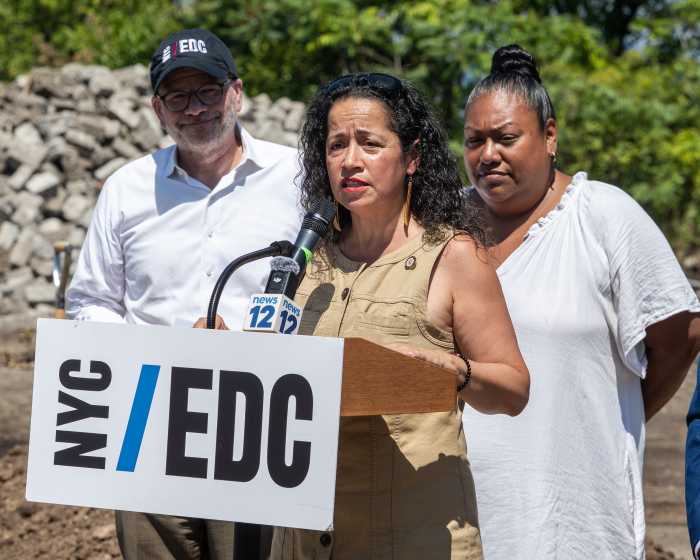
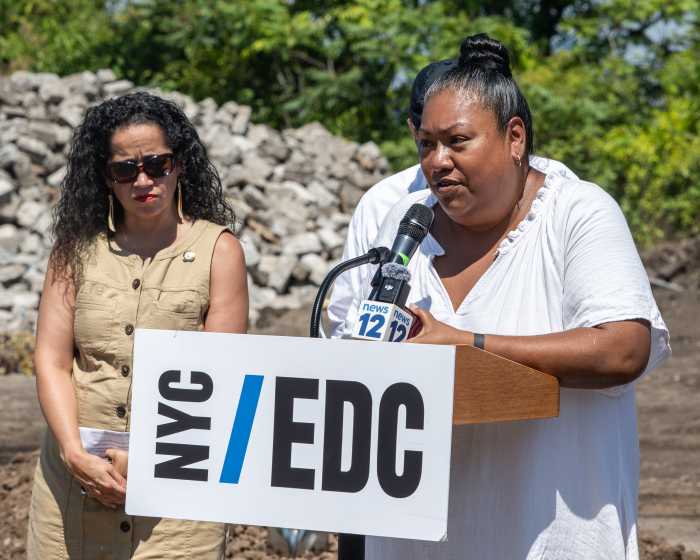
Kathy Park Price, director of advocacy and policy for New Yorkers for Parks, emphasized the importance of creating a public green space in Sunset Park, which she said lacks adequate quality green space and has one of the highest rates of childhood asthma.
“[Pier 6] is an investment in public health, in climate resilience, in our workforce and in the social fabric of Sunset Park,” Park Price said. “We know that open spaces like this don’t just improve quality of life. They create opportunities for kids to play, for neighbors to meet, for families to enjoy the waterfront and communities to grow stronger.”


